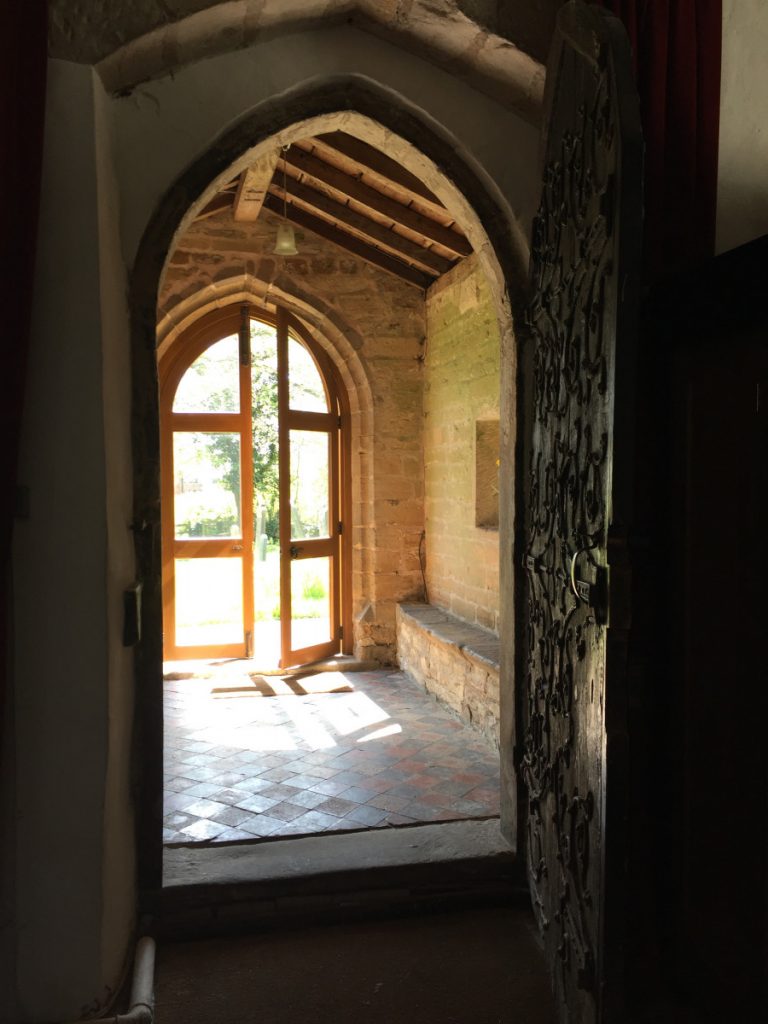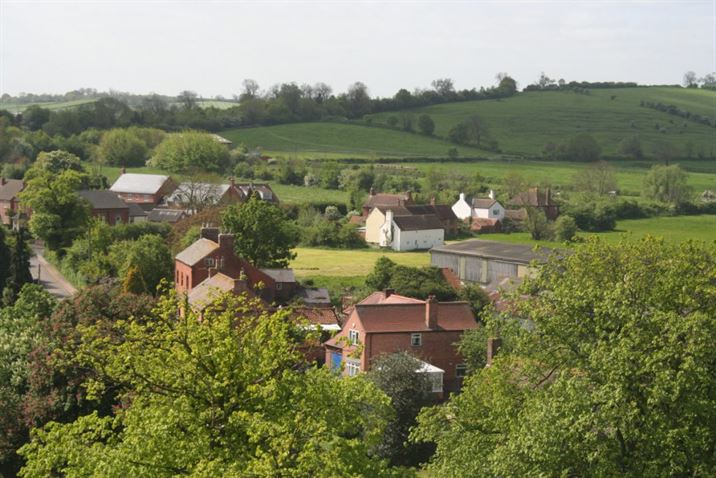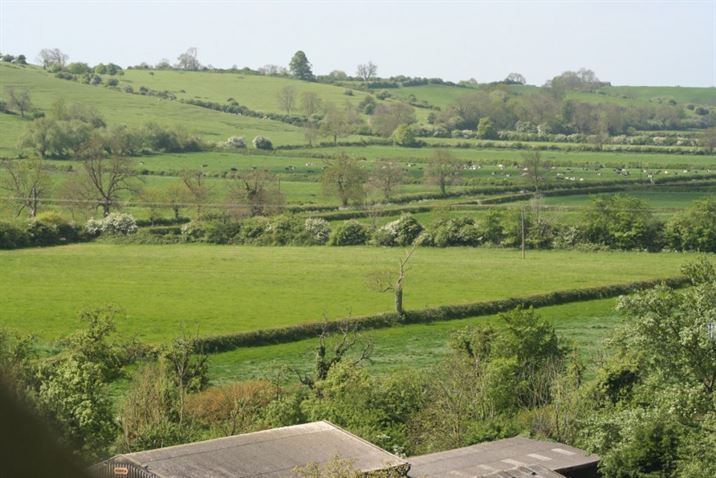Civil War: key dates

- 22nd August 1642 – Following months of tensions, Charles I raised his Standard at Nottingham Castle. By summoning his loyal subjects (Cavaliers/Royalists) to join him against his enemies in Parliament (Roundheads), Charles effectively signalled the start of the English Civil War.
- Nottingham becomes a Parliamentarian stronghold & Newark becomes a Royalist stronghold.
- February 1645: the ‘New Model Army’ is formed. Sir Thomas Fairfax was appointed its Lord General and Oliver Cromwell his second-in-command.
- By May 1646 the Civil War had largely left Nottinghamshire behind and there was little activity in this area during the subsequent ‘2nd Civil War’ of 1648 (the most notable being in Willoughby).
- 30th January 1649; Charles I executed (death warrant signed by Colonel John Hutchinson of Owthorpe – the 13th of 59 Commissioners to sign).
- 1651: Charles II is crowned King of Scotland and the final major battle of the Civil War is fought in Worcester with Charles defeated and sent into exile.
- December 1653: Oliver Cromwell appoints himself Lord Protector of the Commonwealth of England, Scotland and Ireland.
- 1658: Oliver Cromwell dies and is succeeded by his son. The Commonwealth collapses into chaos and Charles II is invited to return.
- 29th May 1660; King Charles II is officially restored to the throne.
Hickling’s neighbouring village of Owthorpe found itself at the centre of the Civil War as the home of Puritan leader, Colonel John Hutchinson. Most well known for being a signatory to King Charles I’s death warrant, Colonel Hutchinson’s Manor House is currently being excavated and the village offers a great insight into the history of this period. John Hutchinson’s wife, Lucy, wrote a biography of her husband (still in print) including an account of Nottinghamshire in the Civil War.
Hickling found itself at the heart of the fighting when the King’s Standard was raised on the hills overlooking Hickling (now called The Standards) and the troops dug themselves in for an encounter that also included the village itself and left bullet/musket holes in the Church door.
We hope to include a detailed account of the Civil War in Hickling in due course.
(scroll to the bottom of the page for links to additional articles and websites)
THE ENGLISH CIVIL WAR: An Introduction
by Mrs C Beadle (October 2019)
One of the most traumatic periods in English history was that of the Civil War fought throughout the country in the 17th century and lasting for 5 years. The Civil War began in 1642, the result of escalating political, social and religious tensions between King Charles 1 and Parliament.

The population of the Country was split down the middle. While many peers and gentry took the side of the King; others supported the leaders of the Parliamentarians. This war had the country engulfed in a violent struggle in which families were divided and friends fought friends. The English Crown believed that it had received insufficient funding for years and therefore was reluctantly forced to ask for Parliament’s aid in granting it financial help. In return, Parliament expected to be heard by the King in grievances relating to rights, money and religion.
From 1629 to 1640, Charles tried to by-pass the voices of objection in Parliament by taking the decision to reign without Parliament. Instead of asking for Parliamentary consent, he relied on money raised through the exploitation of ancient Kingly privileges and customs. Many thought this was an abuse of power and tensions grew between the two sides, eventually leading to War.
Religion was a key element of these frictions; many in Parliament followed a Puritan religion and Charles was married to a Catholic and was a Catholic sympathiser.
On 22nd August 1642 King Charles 1 raised his Standard in the centre of Nottingham (at Nottingham Castle on what is still known as Standard Hill) – declaring war on Parliament and fighting commenced. From 1642 the country was embroiled in a long and bloody war with impacts felt in every village and hamlet in the kingdom.
In 1643 Richard Billie [Scottish Commissioner] wrote;-
‘the country is in a most pitiful condition, no corner of it free from the evils of a Civil War…….Every shire, every city, many families divided in the quarrel, much blood and universal spoil made by both sides where they prevail’… (‘Ordeal in England’ by P.Shaw 1972)
Impact Of The War On Villages And People
It is difficult to generalise about the impact of the Civil war on the lives of ordinary people. Everything depended upon, who they were, who their land owner supported and where they lived. However, it appears that a deep sense of unhappiness, depression and melancholy spread across the Country. For those people who lived in the country near garrisons or in the path of marching armies the war had a big impact.
In the East Midlands, the Royalists of the region garrisoned Newark at the end of 1642 (today the Civil War Museum is to be found in Newark) and it served as a Royalist stronghold and rallying point until it was surrendered on the King’s orders at the end of the War.
Newark possessed great strategic importance bestriding the road between the Royalist North and the King at Oxford. The Royalist fortress of Newark divided the Parliamentarian garrisons of Nottingham, Derby and Leicester from the Roundheads at Lincoln when that city fell into their hands.’ (source: Civil War Museum Newark)
Hickling is relatively close to Newark which was held by the Royalists.
Also, Colonel Hutchinson who was from Owthorpe, a village adjacent to Hickling was one of the 59 men who signed the warrant for the execution of King Charles 1.
Therefore, Hickling would have been dragged into this conflict. The burdens of war – plunder, tax and the decline in trade hit the poor in villages like Hickling particularly hard.
The experience of being plundered by an army marching through requiring food for both men and horses was something villagers would take years to recover from, particularly as livestock and crops were often taken. It would have been a hard task for the Generals to find supplies for such large numbers of men.
An account from one Midland farmer describes how he had his farm pillaged to the bare walls. The soldiers took away bacon from his roof; beef out of the powdering tub; pots, pans and pewter which could be melted down or sold; chairs, stools and couches were used for firewood; bedding was taken away on carts; corn was removed; chickens and horses taken etc. (‘Ordeal in England’ by P.Shaw 1972)
The psychological effect of such acts of war upon civilians especially women and children would have been considerable. They would have been scarred by being unwilling eye witnesses of destruction and carnage. The fighting men ransacked any place they took by storm.
The Generals on both sides found it difficult to restrain their men. Some attempted to restrict the impact of War upon civilians by punishing with Court Marshalls and some of these papers have survived.
In addition to the plundering common on both sides, the Roundheads indulged in a form of destruction of everything they considered ‘popist’. They broke into churches and removed parts of the organ, they ripped apart any clothing the priest would have worn and stole many things out of the church which they could melt down or sell. They destroyed stone statues and stained glass or hacked and scratched away the faces of effigies as well as white-washing mediaeval murals.

Trade suffered and markets were deserted as people felt they could not get their goods to market safely for fear of encountering the soldiers who would have stolen the goods.
Hickling for five long years was engulfed in this conflict and all the problems and suffering it brought.
The Civil War and Hickling Churchyard.
The English Civil War in England started in 1642, when Charles I raised his Standard on the hill near Nottingham Castle and lasted until his execution in 1649. The high hill near Hicklin! Pastures is known as the ‘Hickling Standard’ after this event. Hickling is located on the borders between Royalist and Parliamentarian control. The soldiers and raiders from both sides caused havoc in the village of Hickling. It appears that inhabitants in the Vale of Belvoir had divided loyalties but most of the time their sympathies lay with Parliament as Colonel John Hutchinson was the Parliamentarian Commander of Nottingham Castle and nearby Owthorpe was his estate. He was one of the signatories in 1649 of the death warrant for Charles I.
The Parliamentarians showed no respect for Hickling Graveyard and their horses trampled over the graves, destroying many of them. Many gargoyles and sculptured stone heads inside the church had their noses removed. This was done by the cavaliers but why they destroyed the ‘noses is not clear.
The Vaux tombstone, which can today be seen inside the Church near the altar, was mutilated and thrown into the churchyard during or immediately after the Civil War due to its associations with Catholicism and Royal power.
On the medieval door of the church there are two round holes that have now been filled in. These holes were cut about 3ft off the ground which was the comfortable height for someone kneeling and firing a musket. The intention was to fire through the holes and allowing a safe and easy defence of parishioners who had sought the safety of the Church in the event of an attack.
During this period the Parish Records for Hickling do not appear to have been kept. There may not have been baptisms or if there were, it was not recorded when they took place.
References and further reading:
The English Civil War; Maurice Ashley (Thames and Hudson)
Factbook of British History; Jean Cooke (Rainbow Books)
Local History in England; WG Hoskins (Longman)
A History of Britain – The British Wars 1603-1776; Simon Schama (BBC Books)
The Lives of Kings and Queens of England; Antonia Fraser (Book Club Associates)
Wikipedia: The Civil War – Causes – Impact of the Civil War
Also: Visit to the Civil War Museum, Newark, Nottinghamshire
Additional websites and articles:
- BBC History Timeline: Civil War and Revolution – link to pdf
- BBC History Timeline: Civil War and Revolution – link to website
- (Thoroton Society) Stuart B. Jennings, ‘These Uncertain Tymes’; Newark and the Civilian Experience of the Civil Wars 1640-1660 – link to pdf
- (Thoroton Society) Stuart B. Jennings, ‘These Uncertain Tymes’; Newark and the Civilian Experience of the Civil Wars 1640-1660 – link to website
- (Nottinghamshire Heritage Gateway) The English Civil War: Dr Martyn Bennett – link to pdf
- (Nottinghamshire Heritage Gateway) The English Civil War: Dr Martyn Bennett – link to website
